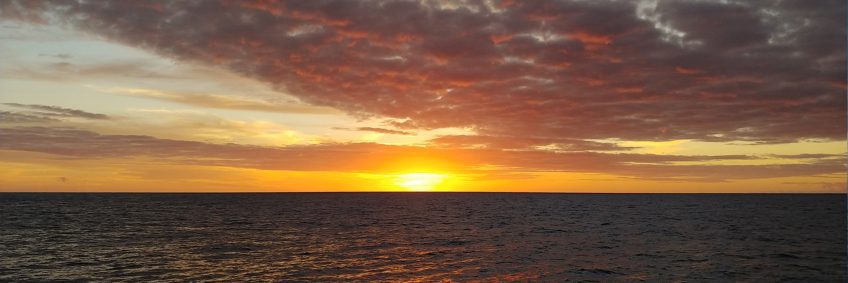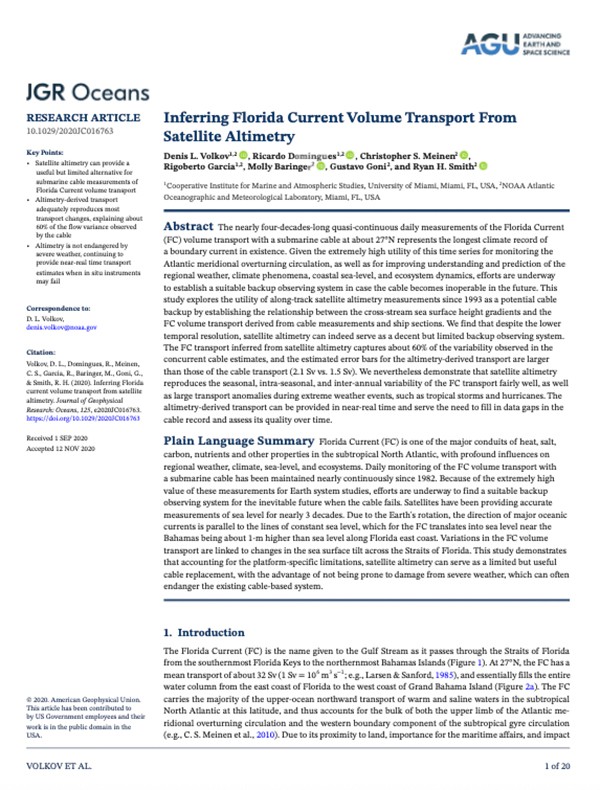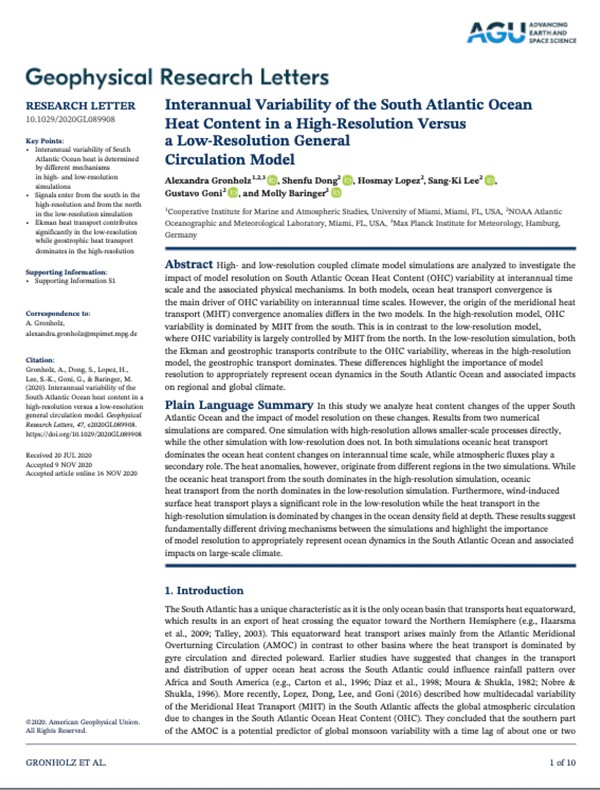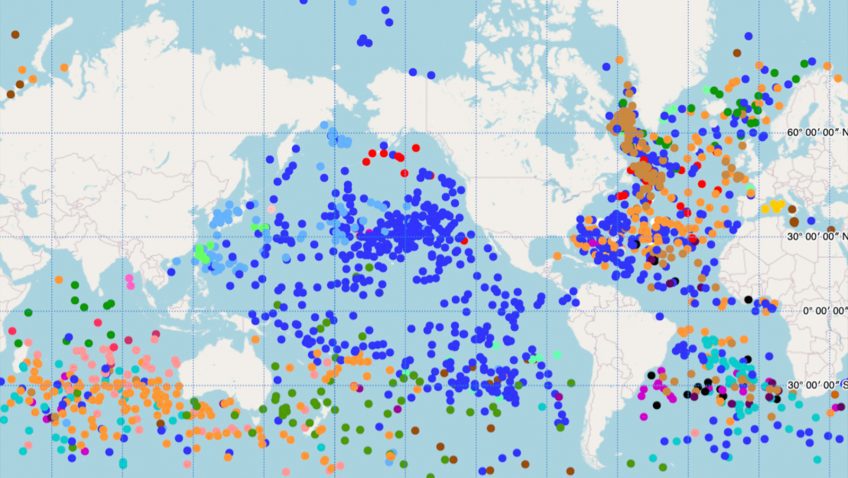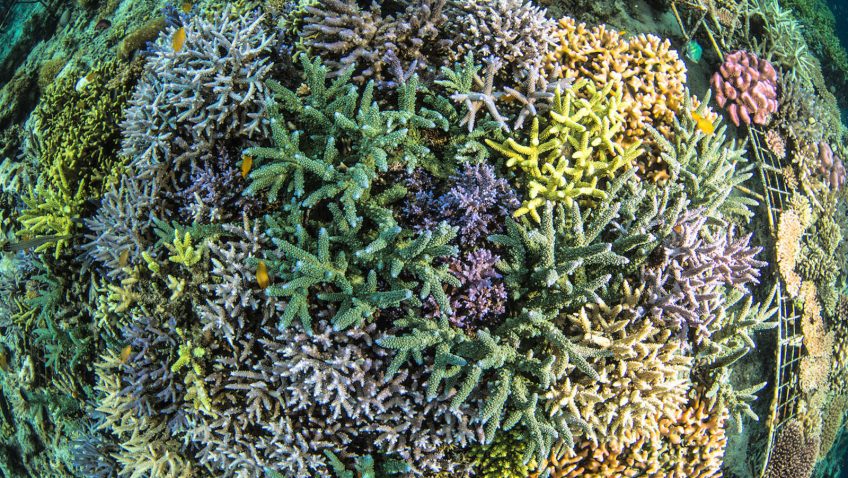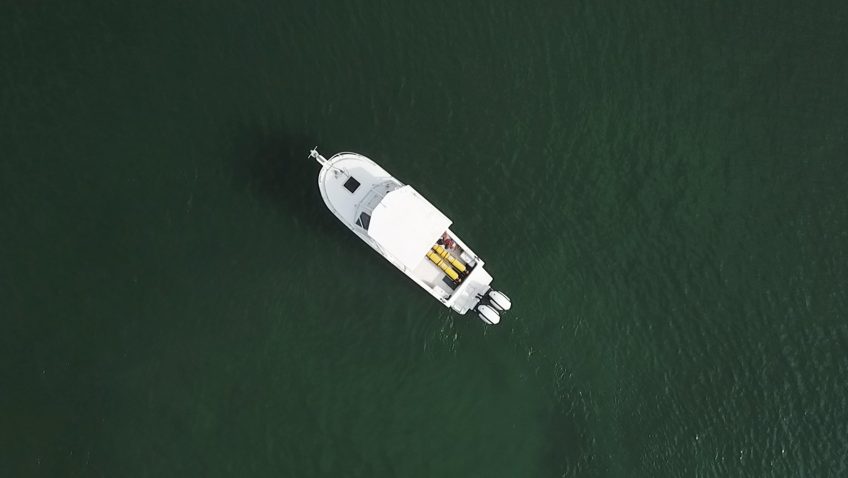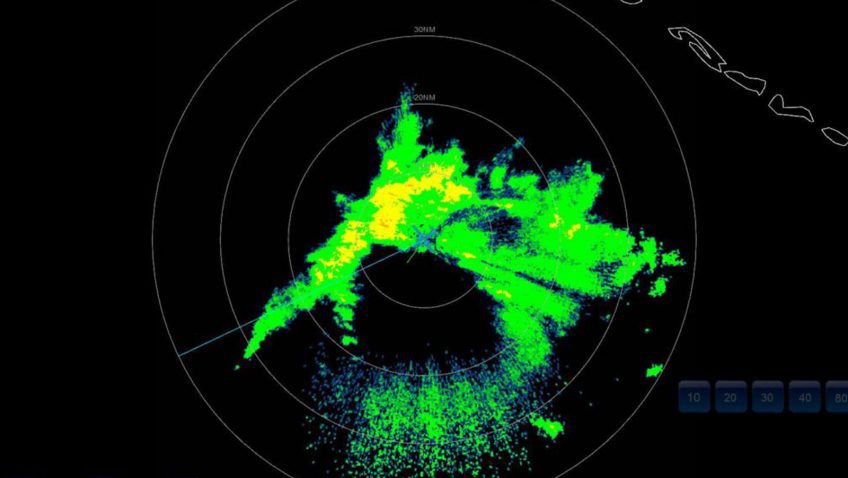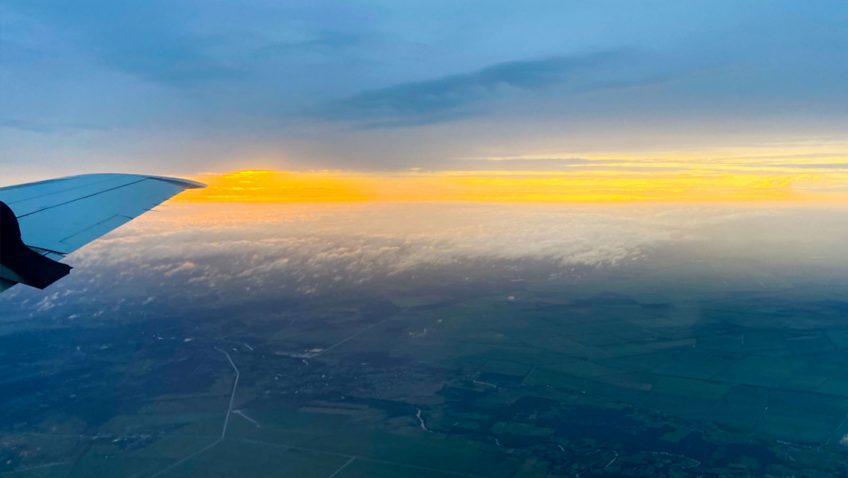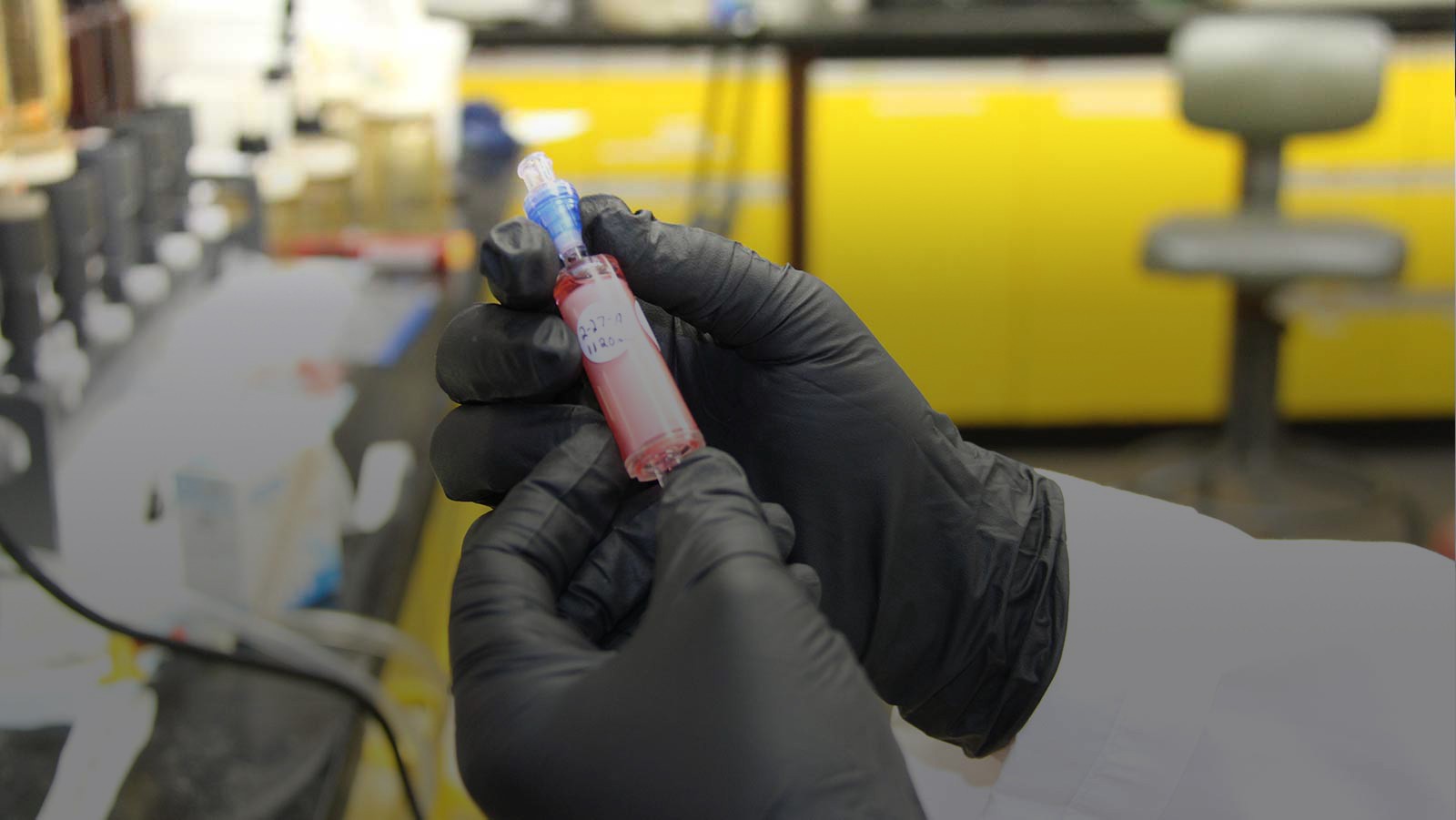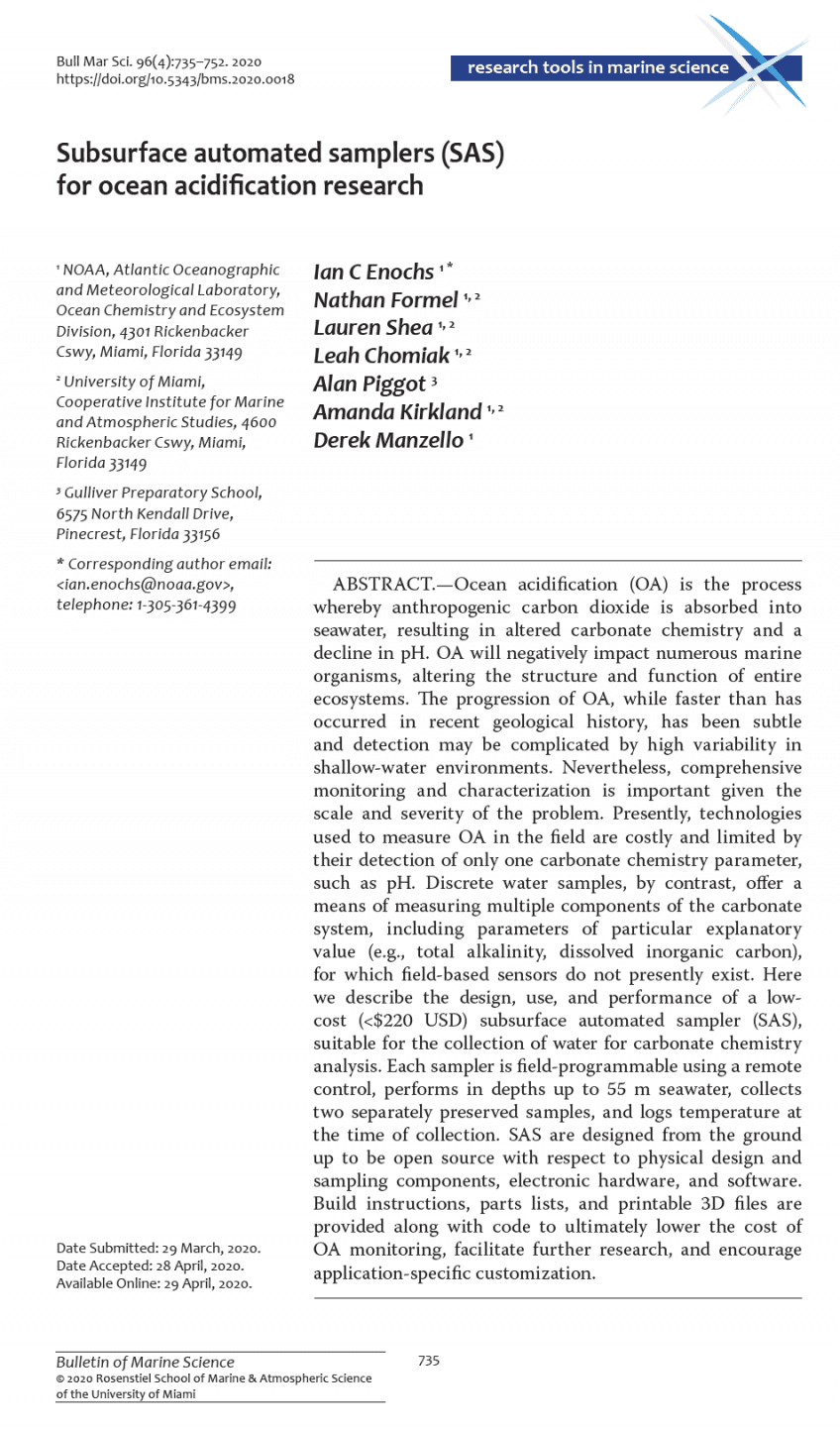Volkov, D. L., Domingues, R., Meinen, C. S., Garcia, R., Baringer, M., Goni, G., & Smith, R. H. (2020). Inferring Florida Current volume transport from satellite altimetry. Journal of Geophysical Research: Oceans, e2020JC016763.
Plain Language Summary: Florida Current (FC) is one of the major conduits of heat, salt, carbon, nutrients and other properties in the subtropical North Atlantic, with profound influences on regional weather, climate, sea‐level, and ecosystems. Daily monitoring of the FC volume transport with a submarine cable has been maintained nearly continuously since 1982. Because of the extremely high value of these measurements for Earth system studies, efforts are underway to find a suitable backup observing system for the inevitable future when the cable fails. Satellites have been providing accurate measurements of sea level for nearly 3 decades. Due to the Earth’s rotation, the direction of major oceanic currents is parallel to the lines of constant sea level, which for the FC translates into sea level near the Bahamas being about 1‐m higher than sea level along Florida east coast. Variations in the FC…
Read Full Paper.
